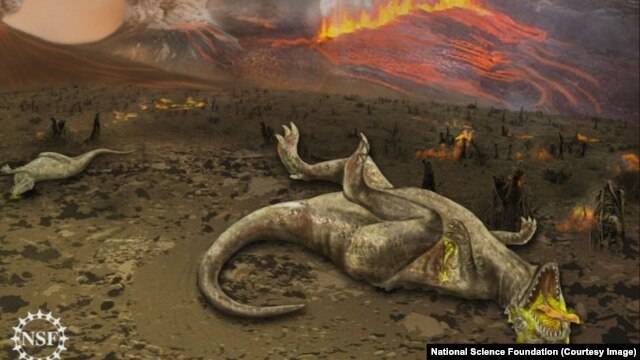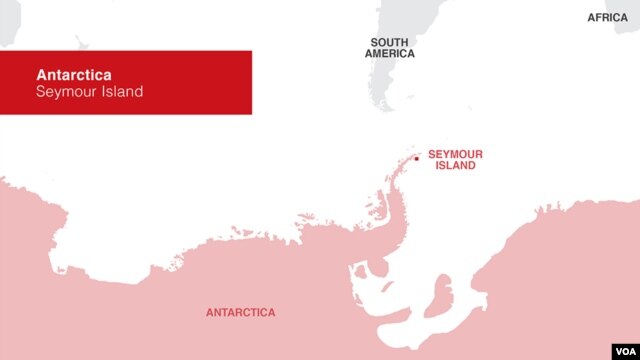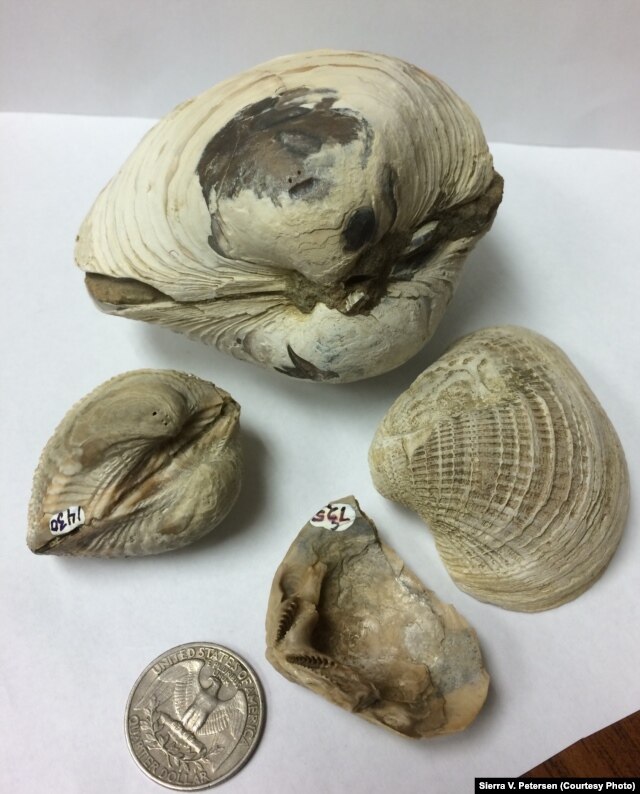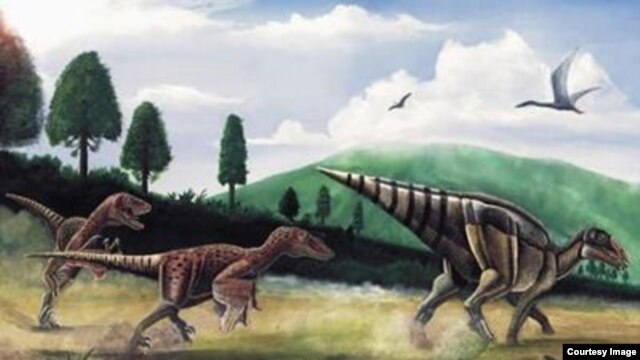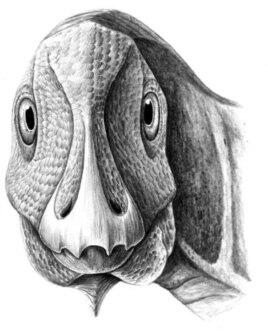orogenicman
Darwin was a pastafarian
- Jul 24, 2013
- 8,546
- 834
- 175
All the way back when I was a student at U of L, when the asteroid impact hypothesis for the extinction of the dinosaurs was first published, I have been a skeptic that it could have been the sole contributor. I have always said that the Deccan Trapps flood basalts were just as likely candidates. Now there is more definitive evidence that it could be true. I feel vindicated.
Did dinosaur-killing asteroid trigger largest lava flows on Earth -- ScienceDaily
Some of us have long made that argument. What was missing was more convincing evidence. This is more convincing to me that anything I've read yet. Obviously, more work is needed.
Did dinosaur-killing asteroid trigger largest lava flows on Earth -- ScienceDaily
Date:
April 30, 2015
Source:
University of California - Berkeley
Summary:
The theory that an asteroid impact killed off the dinosaurs 66 million years ago is well accepted, but one puzzle is why another global catastrophe -- the huge, million-year eruption of the Deccan Traps flood basalts in India -- occurred at the same time. Geologists now argue this is not a coincidence. The impact probably rang Earth like a bell, reigniting an underground magma plume and generating the largest lava flows on Earth.
Some of us have long made that argument. What was missing was more convincing evidence. This is more convincing to me that anything I've read yet. Obviously, more work is needed.

